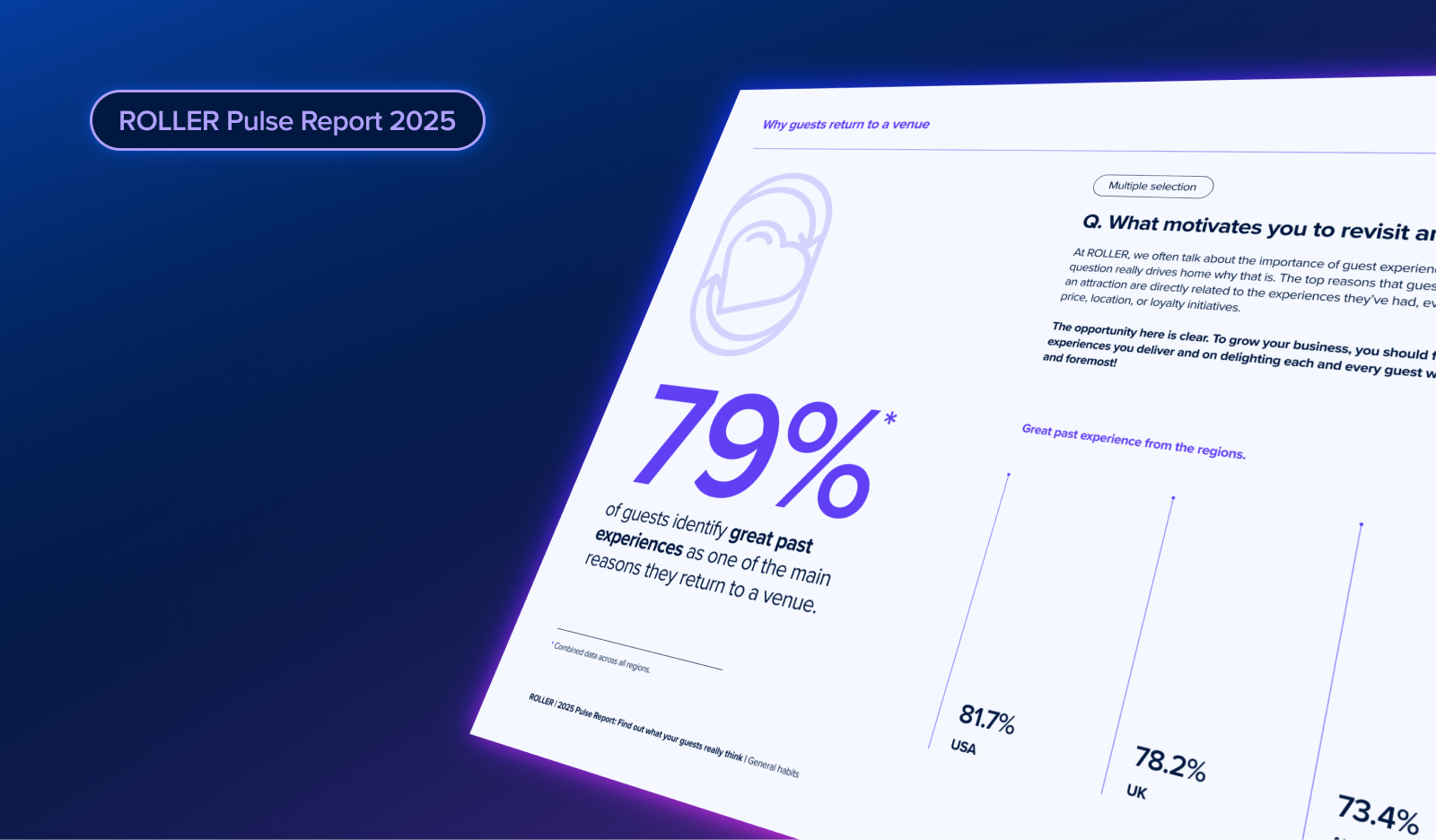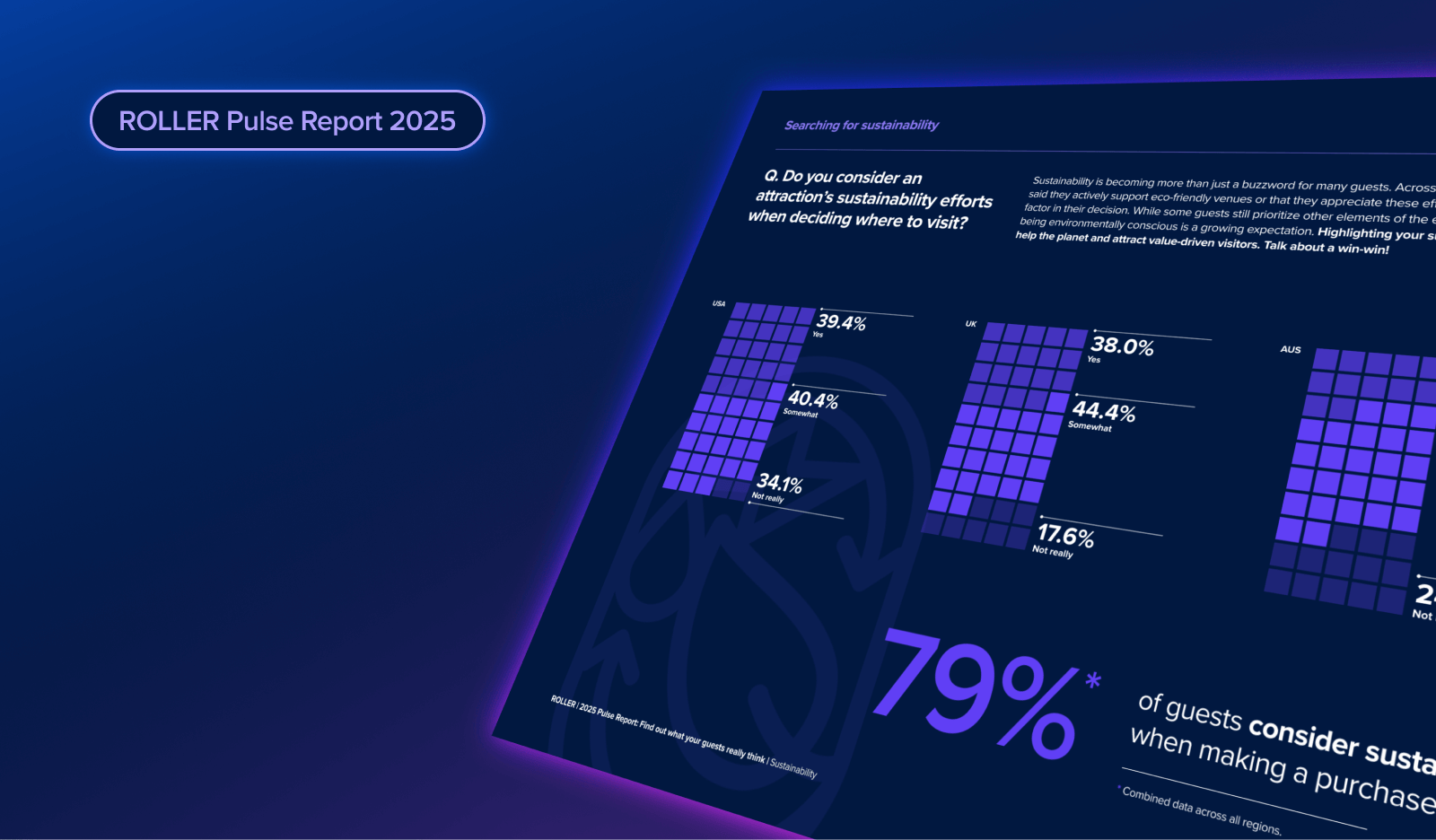What to do with Guest Feedback: Part 1

This article is first in a three-part series focusing on internal actions you can take from guest feedback to continually enhance your guest experience for the future. Part 1 focuses on recognizing staff for receiving positive guest feedback. For part 2, click here for coaching tactics when negative feedback is received, and click here for part 3 which focuses on long-term actions from guest feedback.
Recognizing staff for receiving positive guest feedback
Guest feedback is one of the most valuable ways to further understand your business, where the friction points are, and what your guests find to be the most enjoyable. Businesses who focus on guest feedback demonstrate a stronger customer-centric culture, which can lead to higher satisfaction from both guests and employees. Once you have put strategies in place to maximize your guest feedback collection, you can then work towards creating systems for acting on guest feedback to make improvements to your business.
Let’s start on a positive note and talk about positive feedback that guests have left regarding an employee, or an area of the experience that an employee played a large part in creating. Perhaps it’s in an online review, an email after a visit, mystery shop, or a guest deliberately seeking out a manager to give praise, the manner in which you react to this feedback will help determine if (and how frequent) this behavior will happen in the future.
When dealing with positive guest feedback, plan to take the following actions with the staff member(s) who were involved in creating this positive experience:
Thank them personally
This seems simple… and it is. But it’s easy to overlook. After hearing or reading the feedback, your next interaction with your staff should be to acknowledge the comments made by the guest, and express your direct appreciation for their excellent work. Can’t get to the staff member quickly? Send an email, text them, leave a note – however your internal communication system works, and personally thank them for going above and beyond. Your message of gratitude will show the staff member that their hard work is appreciated.
Be specific
Thanking your staff isn’t enough. Nor is a blanket statement of “great job today everyone!” Praise for your staff must highlight specifically what they did right and why it was so incredible that they did it. Even if you think it’s obvious and the staff member knows exactly what they did, make sure you drive the message home by telling them directly.
For example: “Congratulations on getting mentioned in that 5-star review on Google! I loved reading how well you helped the guest at the front counter by going over all of the options thoroughly and patiently, and getting to know more about the guest so you can make a recommendation. By doing this, you really personalized their experience and made them feel important right from the start, and it gave such a great first impression of us that clearly was a big part of why their experience was so great. Keep it up!”
Announce it (if they’re comfortable)
Tread lightly into this territory. Not all employees take recognition the same way, and this is one that they will either love or hate. Announcing positive feedback to your entire team can be an effective way to highlight an experience worth repeating, and to boost the morale of the employee responsible for it. However, it is best to check with that employee first (while you are thanking them and giving them specific praise) and ask if they are comfortable with you broadcasting the good news. A more introverted team member may not want unwanted attention, and if the spotlight makes them nervous, they may be less inclined to do things that will put them in the spotlight in the future.
To hear more about why employees might not always want to be recognized publicly, check out Jen Rice’s interview on The Guest Experience Show.
Reward them
When your staff does something that is worthy of a guest compliment, show them that you value their efforts. In some cases, this may be direct commission, especially for revenue-generating team members, or it may be another type of financial incentive that keeps them moving in the right direction. While these tangible rewards are easy to measure and track, consider other types of rewards that carry meaning to your staff. A few examples include:
- A gas station gift card for an employee who lives far away
- Allocating them to a position or area where they enjoy working
- A holiday off to be with their family
- Approve a time off request that might normally not be approved (if feasible)
- Movie tickets
- Higher preference when a promotion is available
Monetary incentives don’t need to be completely disregarded, though. A museum manager with a large team told me that they will enter employees into a drawing when guests praise them in feedback – whether they are emails, in-person, reviews, or mystery shops. Then, at the annual holiday party they will randomly select an employee’s name for a large cash prize.
When you invest more in your staff, they’ll invest more in their jobs.
Be consistent
There sure is a lot of “lather, rinse, repeat” when it comes to managing employees in the attractions industry. Each of the previous steps are actions that must be demonstrated regularly and with every piece of positive guest feedback received. When your recognition program lacks consistency, employees pick up quickly that they might not be appreciated for doing a great job, leaving them with less motivation to do so. By acting on positive guest feedback with consistency you will show that these are actions worth repeating.
Positive guest feedback is always uplifting. Make sure it leads to more positive interactions from your team. And when guest feedback is negative, definitely make sure you take the appropriate actions.
Related articles

.png)
What the 2025 Pulse Report Reveals About Guest Booking Behavior at Attractions

2025 Pulse Report: How Sustainability Is Shaping Guest Expectations
Enhance your guest experience
Get free education, tips and inspiration to help you run a successful venue.